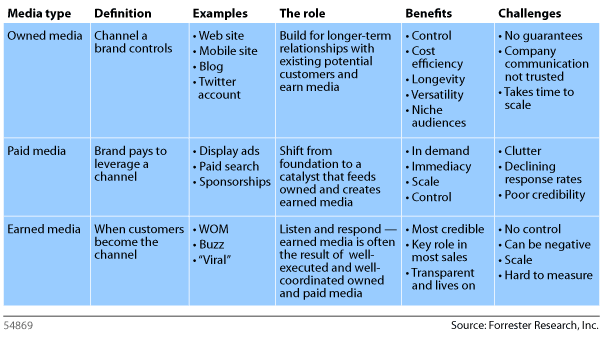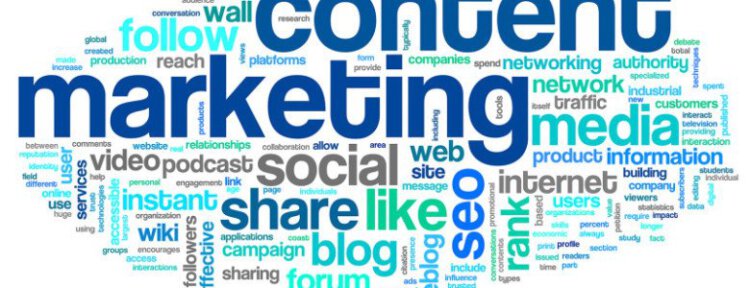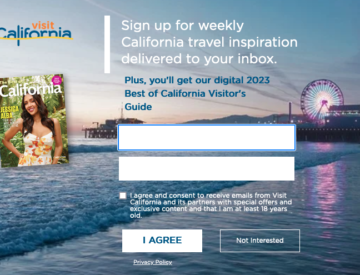 The pace of change in the online world has always been a fast one, but the last couple of weeks have proven to be quite a roller coaster of cringing and full-blown criticism. The culprit? Why, Facebook, of course!
The pace of change in the online world has always been a fast one, but the last couple of weeks have proven to be quite a roller coaster of cringing and full-blown criticism. The culprit? Why, Facebook, of course!
As you may or may not be aware, Facebook continuously tweaks its infamous EdgeRank algorithm to ensure some kind of filter in its users’ newsfeed. Thus, as of early 2012, only 16% of brands’ posts on average were said to actually reach fans newsfeeds. But as of September 20th, with yet another round of important changes with the EdgeRank algorithm, new research showed this number actually decreased as fans would increase. So for Facebook pages with more than 1 million fans, the average reach was now actually… 5%!
NO SUCH THING AS A FREE LUNCH
The direct impact of these changes with EdgeRank and less posts showing up in fans newsfeeds? Brands now have to pay “promoted posts” to spread content that used to reach its audience naturally, through savvy and dynamic community management. And the price tab can get quite hefty, in particular for brands that had built substantial communities, in many cases through buying Facebook Ads to begin with.
The reaction has been harsh, to say the least. Here is a sample of posts on the topic:
- Marc Cuban: Facebook Is Driving Away Brands – Starting With Mine
- Is Facebook’s Monetization Killing Off Customers?
- Why Facebook Won’t Give You A Straight-Up Newsfeed
So while the use of Facebook for individuals is still free (and always will be?), this recent coup by Facebook has ruffled quite a few feathers for brands active on the network. Sure, Facebook has since introduced the new “pages” feed on the left hand-side navigation bar, but will it be enough?
Following my most recent post, How to get Facebook engagement… without having to pay for it? some folks commented how this kind of change suddenly makes Google+ more appealing. I am not convinced about this tit-for-tat approach, since brands invest where people are and like to hangout (pun intended), and this ain’t happening on G+ but rather on Facebook.
Nevertheless, the almighty shell of Facebook, which started showing cracks after its wobbly IPO earlier this year, is more than ever questioned by the business community. This is a good thing for brands, now reevaluating their strategies and social media tactics. Not sure it’s as good for Facebook, though.
EARNED (SHARED) MEDIA VS. OWNED MEDIA
For many, this series of changes marked the realization that Facebook remains a shared platform, where rules can and will change, and that brands should always prioritize owned media first and foremost, where they can exert a better control over content platforms.
A content-rich transactional website, a quality blog, database marketing with segmented newsletters, webinars, case studies, photos and videos are just a few examples of owned media tactics. Besides the obvious benefits and drawbacks of investing in more traditional paid media, organizations now hold many more ways than ever to act as publishers on their owned media and engage with customers, loyal fans and potential clientele across the web, through social and interest graphs.

Knowing the rules of the game are changing so fast, how can we and how should we revisit our strategic approach for brands building a strong presence online? There are two schools of thought on this one.
On one hand, there are folks like Mark Schaefer who says the more brands invest in content marketing, the less it will become a key differentiator. In fact, the level playing field has turned to a content arms race, he claims.
“Social media is a mainstream marketing and communication channel that will increasingly be dominated by those with the fattest wallets” – Mark Schaefer
On the other hand, there are those who, like Gini Dietrich, claim that Facebook promoted post remove the level playing field. In essence, this approach views recent Facebook changes as more proof that we ought to pay closer attention to, and invest in, our owned media. Or, perhaps, to invest in paid media that achieves specific business objectives rather than simply increase likes and shares. Personally, I tend to agree with Gini’s view for the next 2-3 years, yet I do believe content marketing will eventually level off.
Content marketing is the new advertising
I agree that content marketing is the new advertising, and that, just like with advertising, mainstream channels will eventually be dominated by those with bigger budgets and resources. But in the meantime, there is still a vast majority of small and medium businesses (SMB) that have yet to get a proper content marketing strategy in place, including a decent and optimized website, quality newsletters and dynamic social media presence.
A recent study (in French) by CEFRIO found only 15% of organizations actively using social media in the province of Quebec. In other words, we’re nowhere near the day when things level off. For many SMBs, simply harnessing the potential of owned and shared media is a feat onto itself, and many have yet to be convinced paid media is not the ultimate solution – even though it’s an easy, albeit ephemeral one.
Thus, the challenge is now to assess where to prioritize efforts, knowing platforms like Facebook are not (and never were) free and knowing that our competitors, too, are asking themselves the very same questions. Early adopters will continue to reap the rewards for a while, so it’s still time to address the situation and invest in content marketing accordingly. Just make sure you don’t put all your eggs in a single basket, as appealing as Facebook may be…










Leave a Reply